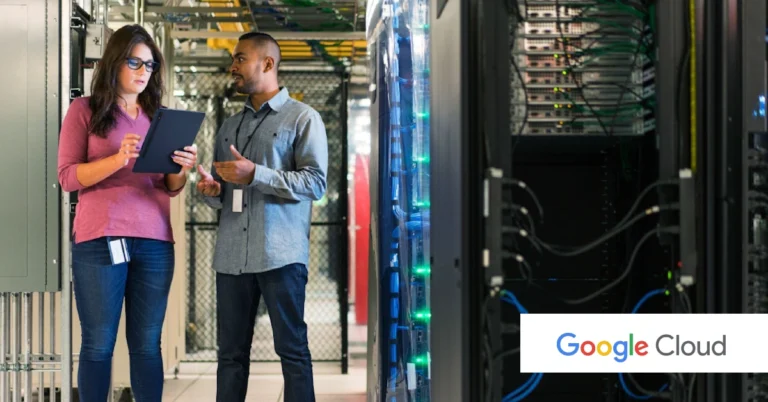Summary Points
- The report emphasizes the growing risks to manufacturing and energy OT systems from diverse cyber threats, highlighting the need for holistic security measures that address IT, OT, and supply chain vulnerabilities.
- It advocates adopting security best practices such as network segmentation, role-based access, encrypted connections, and adherence to standards like IEC 62443 and NIST 800-82 to reinforce OT defenses.
- Cloud adoption presents opportunities to enhance OT security and operational efficiency, with recommendations to evaluate impacts, migrate infrastructure securely, and leverage cloud services without compromising safety.
- Maintaining accurate OT asset inventories, implementing defense-in-depth strategies, and establishing comprehensive incident response plans are critical to securing hybrid OT environments and ensuring resilient industrial operations.
Underlying Problem
The Google Cloud’s Office of the CISO and Mandiant released a detailed report warning about the rising cyber threats targeting manufacturing and energy sectors’ operational technology (OT) systems, especially as these industries increasingly adopt cloud technology. The report explains that malicious actors—including nation-states, hacktivists, and ransomware groups—are exploiting vulnerabilities like internet exposure, weak identity management, and poor network segmentation to attack these industries, either directly targeting production processes or indirectly harming them through disruptions in IT systems like enterprise resource planning (ERP). These attacks can threaten safety, security, productivity, and overall business operations. The report emphasizes that as more organizations integrate cloud solutions, they must implement strong security practices—such as network segmentation, role-based access controls, and encrypted connections—guided by standards like IEC 62443 and NIST 800-82. It urges security teams to maintain up-to-date inventories, develop recovery plans, and limit internet exposure to protect critical infrastructure, noting that securing hybrid OT environments requires a dual focus on on-premises and cloud-based protections to ensure resilient and safe operations in an increasingly interconnected industrial landscape.
Critical Concerns
The Google Cloud and Mandiant report underscores the escalating cyber risks faced by manufacturing and energy sector operational technology (OT) systems, emphasizing that cyber threats—from state-sponsored APTs and hacktivists to ransomware—pose substantial dangers to safety, productivity, and reliability by targeting vulnerabilities such as insecure internet exposure, weak access controls, and poorly segmented networks. These attacks can have direct impacts, damaging actual manufacturing processes, or indirect effects, disrupting enterprise IT systems like ERP and MES, which can halt operations altogether. The increasing integration of cloud platforms offers significant opportunities for improved security and operational agility but also introduces new attack surfaces that require rigorous security practices, including network segmentation, role-based access, encryption, and adherence to standards like IEC 62443 and NIST 800-82. Safeguarding hybrid OT networks demands a comprehensive security approach that combines on-premises controls with cloud-based protections, focusing on maintaining detailed asset inventories, implementing defense-in-depth architectures, and ensuring rapid incident response, all while remaining vigilant against the evolving threat landscape that continues to target critical infrastructure worldwide.
Possible Remediation Steps
Understanding the urgency of timely remediation in the face of escalating cyber threats to manufacturing and energy OT systems is crucial. Rapid action can prevent costly damages, protect sensitive data, and ensure operational continuity.
Mitigation Strategies
- Conduct comprehensive vulnerability assessments
- Implement robust intrusion detection systems
- Enforce strict access controls and multi-factor authentication
- Regularly update and patch all software and firmware
- Deploy network segmentation to isolate critical systems
Remediation Measures
- Develop and rehearse incident response plans
- Immediately isolate affected systems upon detection
- Collaborate with cybersecurity experts for threat analysis
- Notify relevant authorities and stakeholders promptly
- Schedule ongoing training for staff on security best practices
Continue Your Cyber Journey
Explore career growth and education via Careers & Learning, or dive into Compliance essentials.
Access world-class cyber research and guidance from IEEE.
Disclaimer: The information provided may not always be accurate or up to date. Please do your own research, as the cybersecurity landscape evolves rapidly. Intended for secondary references purposes only.
Cyberattacks-V1

